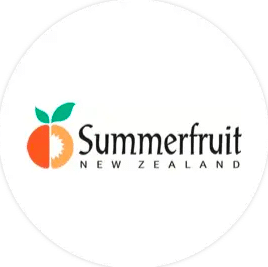First the preview of something that has been playing on my mind as it always does at this time of the year; how much winter chilling are we stacking up. June, July, and August are normally reliably cold thus the bonus chilling is what we get in May. It’s been terrible! Many of the HB weather stations had been recording negative chill, which sounds a bit arse about face, but it’s not ideal. Witness the level of leaf retention on cherry and apple trees. Not cold enough.
Georgina Griffiths from Met Service was on the radio (RNZ) a few days ago talking about the incoming El Nino event, and her comments were backed up by Brent Clothier (PFR, Palmerston North) at conference. We are in for a cold winter. Bingo, tick that off, something is going our way. Now we can focus the dormancy enhancer (breaker) products on tightening up bloom or playing with the timing of bloom. The winter chill calculators are now moving towards more normal accumulation with the Longlands site already there.
The downside of the incoming El Nino is that spring will still be cold with southerlies, but let’s deal with that bit when it arrives.
The upside is a predicted return to a westerly pattern for summer, hot and dry. Yippie, happy growers and wholesalers and retailers and consumers. As Meatloaf sang – two out of three aint bad. And to quote Bruce McKay, our best years are drought years.
In the review space, the Summerfruit conference was a couple of weeks ago based in Queenstown and Cromwell. Grower participation from HB was light but there was good representation from other sectors of the industry. The kick-the-dirt sessions were hosted by Michael Jones and Mike Casey with on-orchard presentations by Matt Whiting and Clive Kaiser respectively. While the blocks, in this case vertical and horizontal planar canopies, and observations were cherry focused, the lessons learned are appropriate across most fruit groups. For those interested I have a few paper copies of Clive Kaisers orchard presentation which is a very good 101 level, maybe 200 level paper, on the fundamentals of growing and pruning deciduous trees. Again, cherry focused but well worth a read for all stone fruit or pipfruit crops. His suggestions on beehives are; grouping them together, raising them off the ground and facing the hive entrance towards the rising sun. The use of glucose feeding and placement outside of netted orchards were also interesting. Considering the potentially cold spring these ideas are well worth a thought.
Matt Whiting from Washington State University had two presentations in the conference proper, one on cold hardiness and a potential new frost fighting tool and the other an update on sweet cherry research in his neck of the woods. The presentations were captured on video and with a bit of luck will be available on the portal in due course.
We also had Jerf van Beek give a Cyclone Gabrielle effects and recovery presentation. For those that have lived though this it was nothing new, but emotional to see again. For the majority in the room the focus on deciduous trees was new and brought a degree of reality compared to a 3-minute news item. Jerf’s passion and tears were there for all to see, and I applaud him for the ability to show vulnerability. I would also like to publicly thank him and Xan Harding as regional councillors for the work the continue to on our behalf.
Richard Mills
Summerfruit Technical Advisor
021 632559






